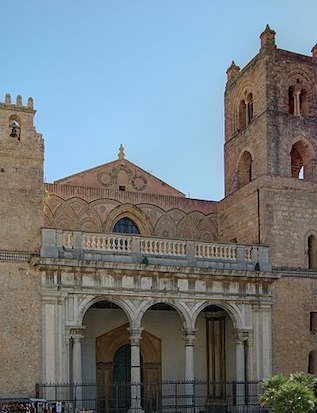I was in Sicily last autumn. Mount Etna was smoking ominously, dark plumes rising into a clear blue sky. Climb close to the summit and you find yourself in a place that resembles the surface of the moon: barren, strewn with rock and rubble, dark grey as far as the eye can see. According to the geologists Etna is a composite volcano, or stratovolcano, which means that unlike, say, Vesuvius, it does not erupt from a single central crater but is liable to explode from anywhere on its slopes, throwing out great extrusions of rock with such force that they can easily reach as far as the sea. The effect is mythologised in The Odyssey. After Odysseus has blinded the monstrous Cyclops, Polyphemus, who lives in a cave on Etna, the hero and his men run down to their ship and put out to sea. In his rage the blinded monster hurls great boulders down at them, which stir the waves but fail to find their target. Remove the one-eyed giant from the story and you have the earliest known description of polyeruptions from an active stratovolcano: evidence that Homer and the Greeks took the trouble to understand the geology of Sicily, even as they strenuously colonised it.
Etna might be grim and forbidding – the Greeks thought it was the gateway to hell – but without it Sicily would surely have had a far less interesting and multifaceted history. Once part of Magna Graecia, the island was subsequently conquered by the Romans and later ruled by Arabs, Normans and the Spanish. Why would so many different peoples have fought so hard and long over this place? The answer is Etna, constantly dusting the land with volcanic ash, and in the process making Sicily the most fertile island in...


